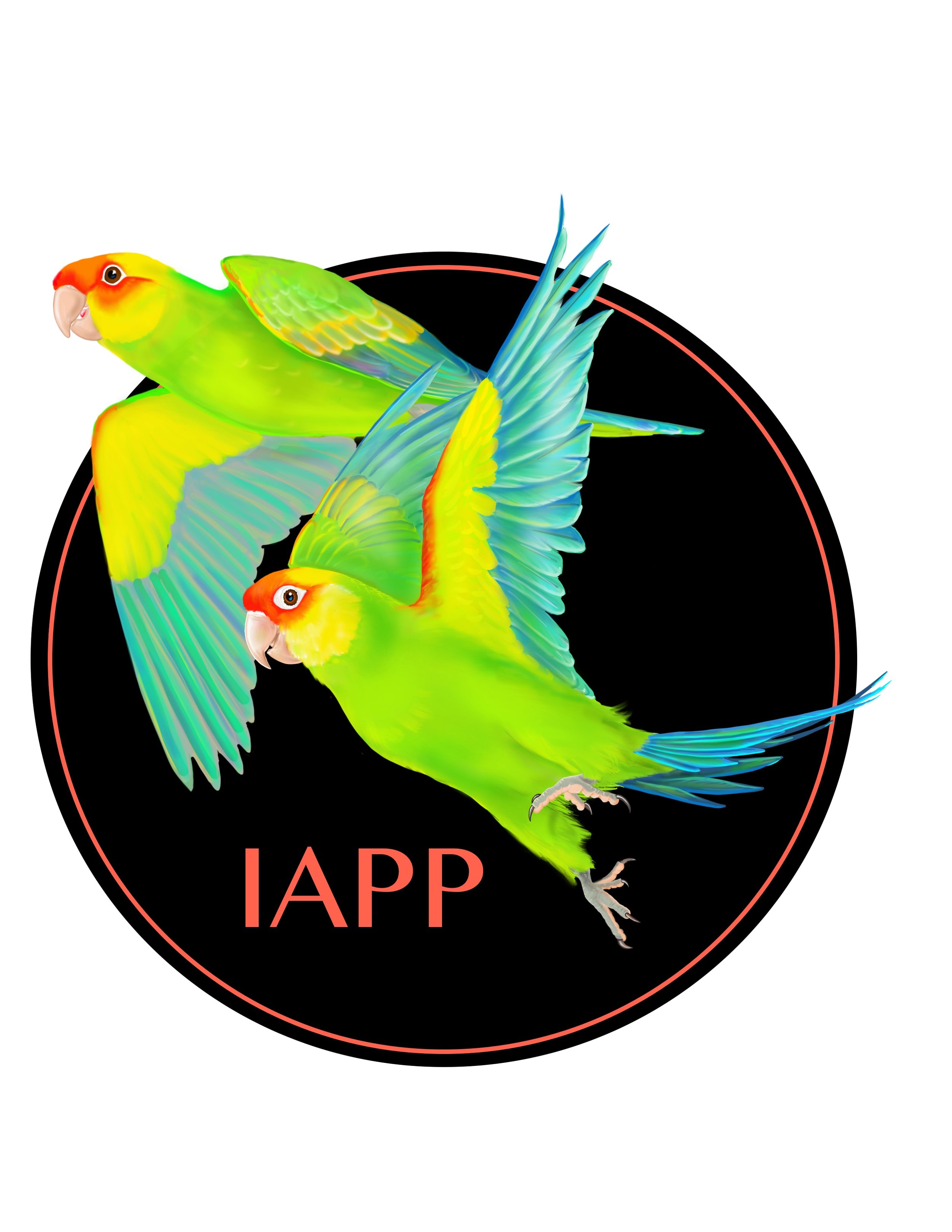Loneliness & The Pet Parrot
By Karen Windsor
Foster Parrots, Ltd.
“Shrinking in a corner,
pressed into the wall;
do they know I'm present,
am I here at all?”
― Lang Leav, Love & Misadventure
It was one of the greatest myths of the pet trade and possibly one of the most tragic untruths of all: that parrots should be kept as single pets in order to maintain the bond between the human and the bird. A tactic designed to forge an animal’s emotional dependency on human companionship; this might
be acceptable on some level if a human could be depended upon as an adequate companion to parrots, but the typical outcome has been a bird condemned to a life of loneliness.
How many parakeets and cockatiels have lived and perished as single birds all alone, sitting in their cage with a mirror… their only friend? How many lone canaries have offered their songs continually to the ears of humans without ever a chance of attracting the companionship of a female partner? Of course, that is why the canary sings… he sings out of loneliness. And hope. Many parrots kept as single pets are well loved, but unless they have the benefit of a positive, reciprocal relationship with humans in the household they are no less lonely. Too many birds sit day after day in empty houses, waiting for their people to come home. Parrots have no way of constructively dealing with loneliness. They are hard wired to be connected to a flock, a family, a partner. In the wild a parrot is never alone. In captivity the parrot who vocalizes or lashes out in anger to protest his aloneness typically loses
his home.
A recent study by scientists at Vetmeduni Vienna1 demonstrated that social stress (i.e. loneliness) actually
impacted the DNA of African grey parrots kept isolated from conspecific companionship, resulting in
shortened “telomeres”, which are stretches of DNA at the ends of chromosomes that are associated with
cellular aging and susceptibility to various forms of cancer. Loneliness, evidently, is more than just a
darkness that settles in the soul. It is a physical assault on the building blocks of life itself.
Creating small “communities” of parrots or keeping parrots in pairs rather than keeping one single parrot
must become the norm and a part of the New Standard, just like providing “an environment” rather than “a cage”. Two or more parrots don’t actually mean twice as much work. They cut the workload in half. They relieve us of the burden of guilt and remorse every time we walk out the door or are too tired at the end of a long workday to give attention to our bird. Parrots kept in pairs or in small compatible communities fulfill one another’s social needs. They may still love their people and value those social connections, but we become an accompaniment rather than the primary – or only - focus.
Only recently has science begun to prove what animal-loving people have known for centuries: animals
are emotional and psychologically complex. Each species has a culture, a social structure, a sense of who
they are and who other members of their group are. Animals love and mourn and grieve. They feel joy and despair and mirth and anger. And they are affected by loneliness. If we are to continue to keep parrots as “pets” it is time to change the way we keep them. Perhaps our focus needs to turn from what we hope to get from them to what we hope to do for them.
________________________________________
1 Denise Aydinonat, Dustin J. Penn, Steve Smith, Yoshan Moodley, Franz Hoelzl, Felix Knauer,
Franz Schwarzenberger.
Social Isolation Shortens Telomeres in African Grey Parrots (Psittacus erithacus erithacus).
PLoS ONE, 2014; 9
(4): e93839 DOI: 10.1371/journal.pone.0093839







